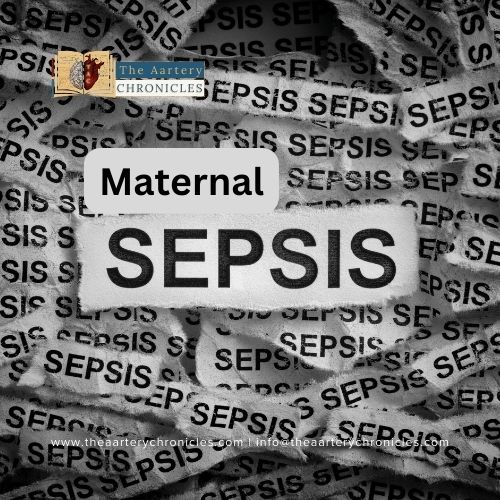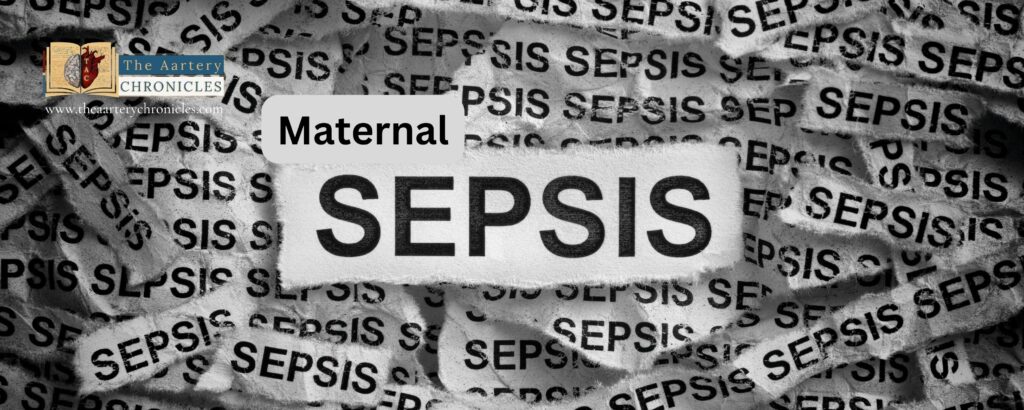

Maternal Sepsis Prevention: Azithromycin's Cost-Effective Breakthrough
In a groundbreaking study published in the American Journal of Obstetrics and Gynecology, researchers suggest that a single oral dose of the antibiotic azithromycin could serve as a cost-effective strategy to mitigate maternal sepsis during pregnancy. Drawing from the findings of the Global Maternal Sepsis Study (GLOSS), which indicates that infections lead to severe maternal outcomes in hospitals, with approximately 11% of all maternal deaths, the study authors conducted a comparative assessment. They evaluated the expenses associated with treating patients suffering from sepsis against the cost of administering the antibiotic to all laboring patients, utilizing data from the Azithromycin Prevention in Labor Use study.
What is Maternal Sepsis ?
It is a life-threatening condition that arises from infection during pregnancy, childbirth, or the postpartum period. Maternal sepsis involves causing damage to the body’s tissues and organs as a response to infection. Pregnant women are particularly susceptible to infections compared to nonpregnant women, primarily due to immunologic, physiological, and mechanical changes that occur during pregnancy.
Etiology and Prevalence of Maternal Sepsis
Maternal sepsis stands as a significant contributor to childbirth and pregnancy-related fatalities, demonstrating a 10% mortality rate in the UK and exceeding 400 deaths per 100,000 live births in low- and middle-income nations.
Bacterial infections emerge as the primary causative factor for maternal sepsis, with Escherichia coli ranking as the most prevalent pathogenic agent. Additionally, other bacterial strains contributing to maternal sepsis include Enterococcus faecalis, Group B Staphylococcus, Staphylococcus, Group A Staphylococcus, and other multi-bacterial infections.
What are the common symptoms of maternal sepsis?
Common symptoms of maternal sepsis encompass:
- Fever and chills
- Dizziness
- Lower abdominal pain
- Foul-smelling vaginal discharge
- Vaginal bleeding
- Increased heart rate
- Discomfort or illness
Are there any preventive measures for maternal sepsis?
Preventive measures for maternal sepsis include
- Promoting good hygiene, maintaining sterile childbirth environments, using sterile equipment, and implementing infection prevention protocols.
- Screening for urinary tract infections and Group B Streptococcus, and providing timely treatment, including antibiotics.
- Ensuring pregnant women receive recommended vaccinations to prevent influenza and tetanus-related sepsis.
- Advising against the use of tampons post-childbirth
- Increasing awareness about pre-existing conditions such as diabetes, considering other risk factors like prolonged labor and mastitis.
- Emphasizing hygiene practices, particularly after using the restroom and changing diapers
What are the risk factors for maternal sepsis?
Risk factors associated with maternal sepsis include
- Multiple gestations
- Invasive pregnancy tests
- Ruptured membranes
- Prolonged labor
- Preterm delivery
- Retained placenta
- Existing health conditions such as diabetes may increase risk of infection
- Mastitis
- C- Section
The study also examined the cost-effectiveness of this intervention in seven countries: India, Pakistan, Bangladesh, the Democratic Republic of the Congo, Guatemala, Kenya, and Zambia.
Results and Conclusion of the Study
The study revealed that the administration of azithromycin effectively prevented 1,592 cases of maternal sepsis, death, or infection per one lakh pregnancies, in addition to preventing 249 maternal hospitalizations. The cost of administering the antibiotic was calculated at 91 cents per pregnancy, resulting in an overall cost-saving of USD 32,661 per one lakh pregnancies.
The data demonstrates that providing azithromycin proves to be a cost-effective approach to preventing sepsis, leading to reduced healthcare consumption, fewer hospital admissions, and clinic visits. Jackie Patterson, the primary author and an associate professor at the University of North Carolina, emphasized the significance of having a cost-effective strategy for maternal sepsis, particularly in resource-limited settings.
Source: Inputs from various media Sources

Priya Bairagi
- Medicine and Diseases
- Nutrition and Diet
Lorem ipsum dolor sit amet, consectetur adipiscing elit. Ut elit tellus, luctus nec ullamcorper mattis, pulvinar dapibus leo.
















